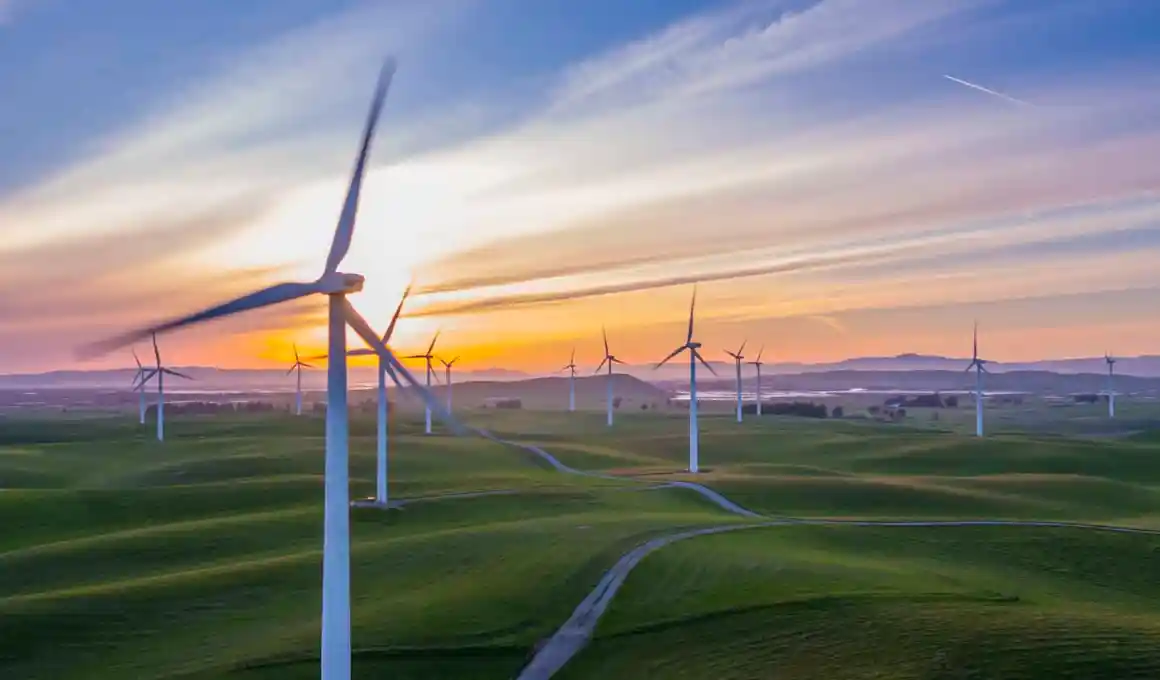With a 49.5 MW capacity, Amazon announced plans to establish its first large-scale wind farm in Brazil, expected to generate 255 GWh of renewable energy annually, when it begins operating.
With the debut of a 122 MW solar park last year, Amazon is currently making its second commitment to renewable energy in Brazil with this project. This large-scale wind farm is located in the Serido Wind Complex.
Also read: Indiana Crossroads Solar Park and Wind Farm slated for construction
As part of its Climate Pledge commitment to achieve net-zero carbon emissions by 2040, Amazon is on track to power 100% of its operations with renewable energy by 2025. This is according to Cleber Morais. He is the Regional Director of Amazon Web Services (AWS) for Latin America and the Caribbean. AWS’s renewable energy projects in Brazil are a significant part of that effort.
He went on to say that they are dedicated to making their activities in Brazil more sustainable. These initiatives will generate clean energy to support the operations of AWS data centers along with logistics centers.
How the implementation of the large-scale wind farm will impact the community
They will also generate jobs and drive economic growth in the local communities where their clients live and work.
Elera Renovaveis, the promotional entity, claims that the establishment of the wind farm generated around 1,000 jobs in Brazil. About half of those jobs are held by residents in Rio Grande do Norte.
When it comes to onshore wind energy generation, this area is among the best in the world.
Fueled by the aim of producing clean, safe, and sustainable energy for decarbonization, Elera Renovaveis is the primary force behind the Serido Wind Complex. This complex project includes hydropower plants, wind farms, solar parks, and biomass facilities.
Innovative technology was employed in the construction of the wind farm. Notably, during the installation of transmission line conductors, the company embraced the use of drones.
Once in full operation, the huge turbines, spanning 150 meters in diameter, are anticipated to avert the emission of 148,000 metric tons of CO2.
The promoter provided training programs in addition to jobs. This is in order to empower residents and motivate their involvement in the construction.
